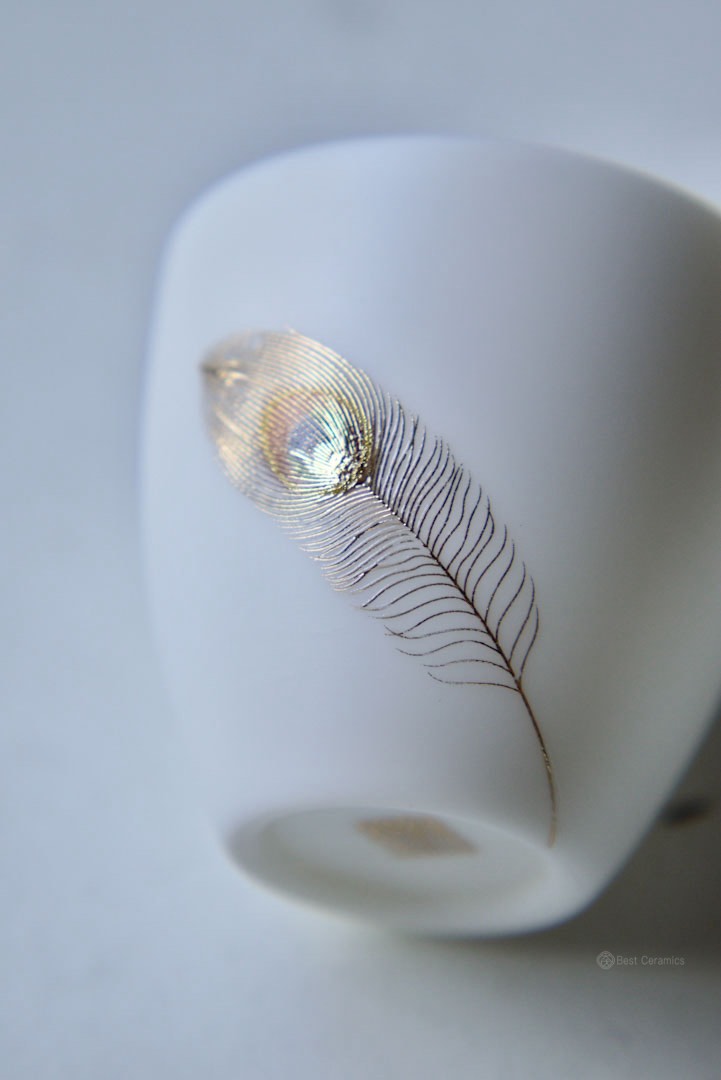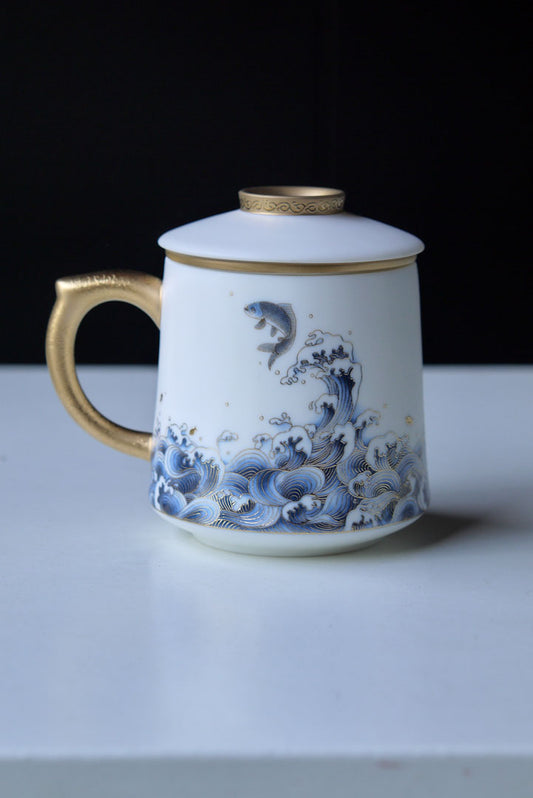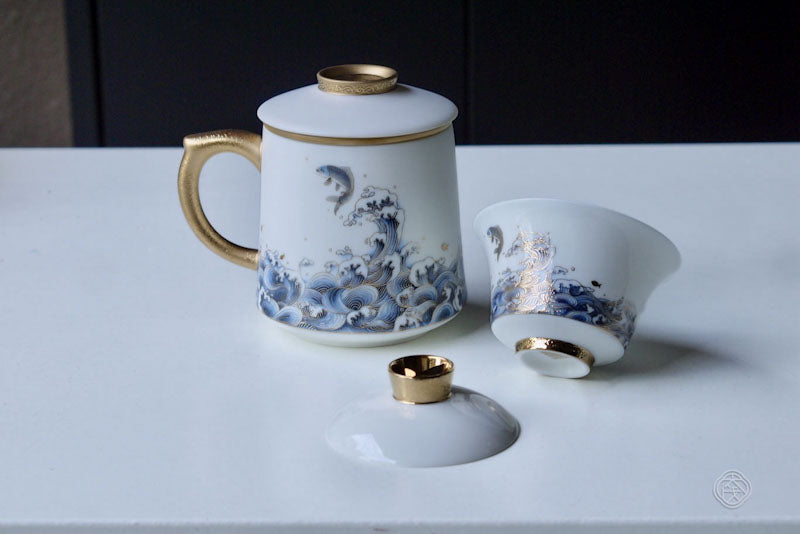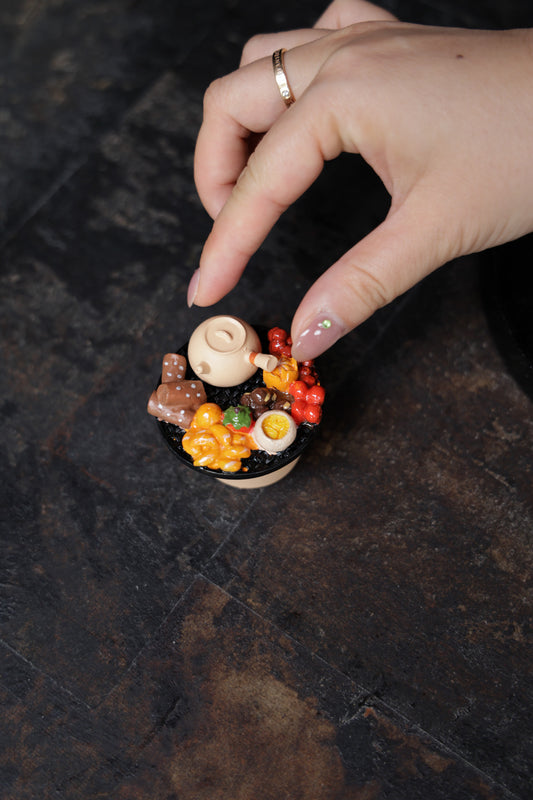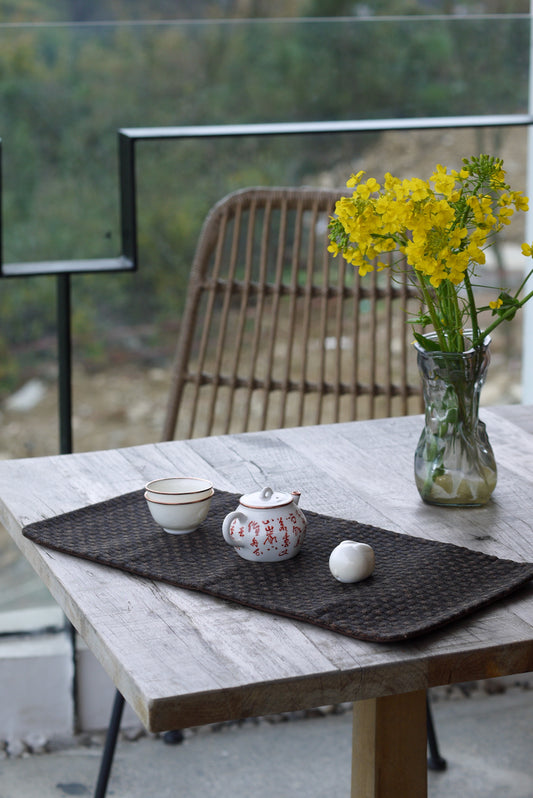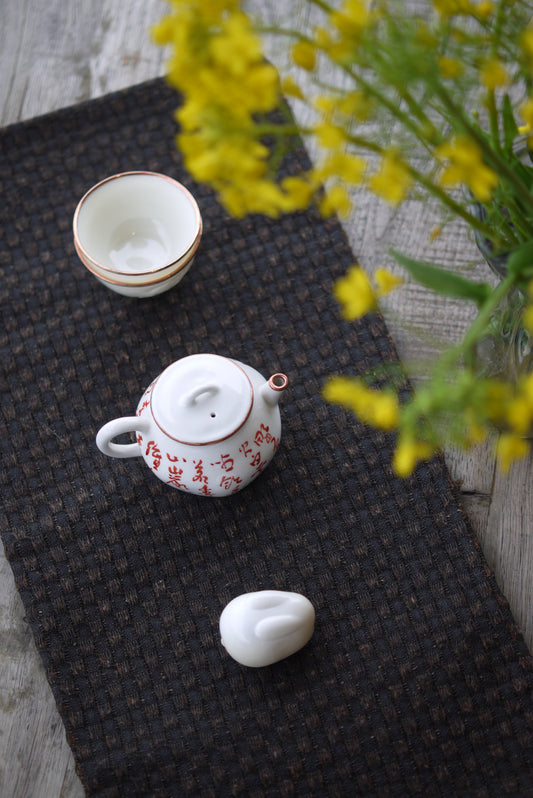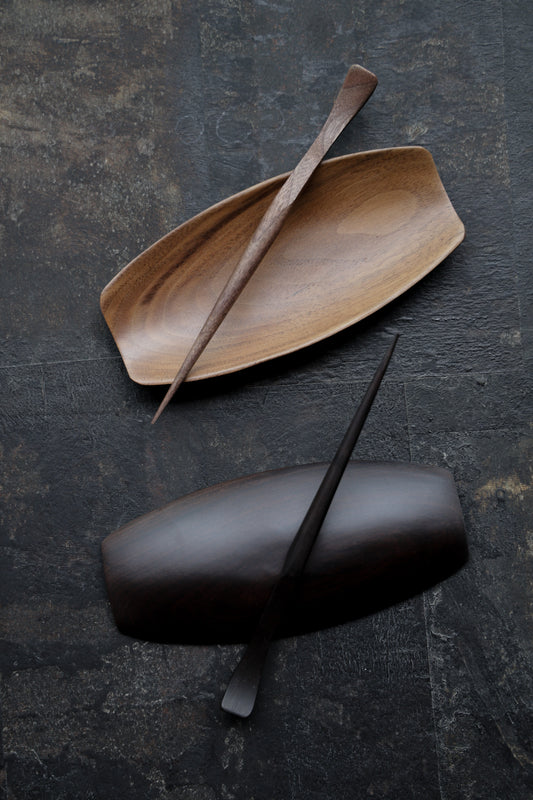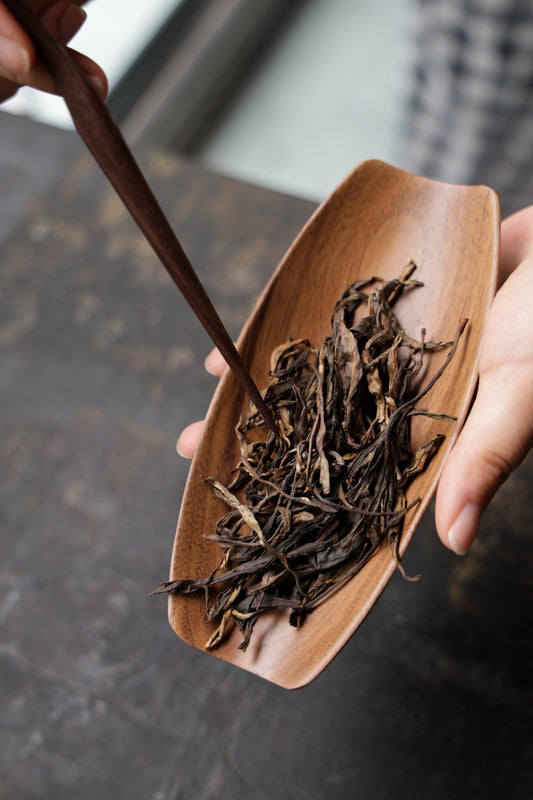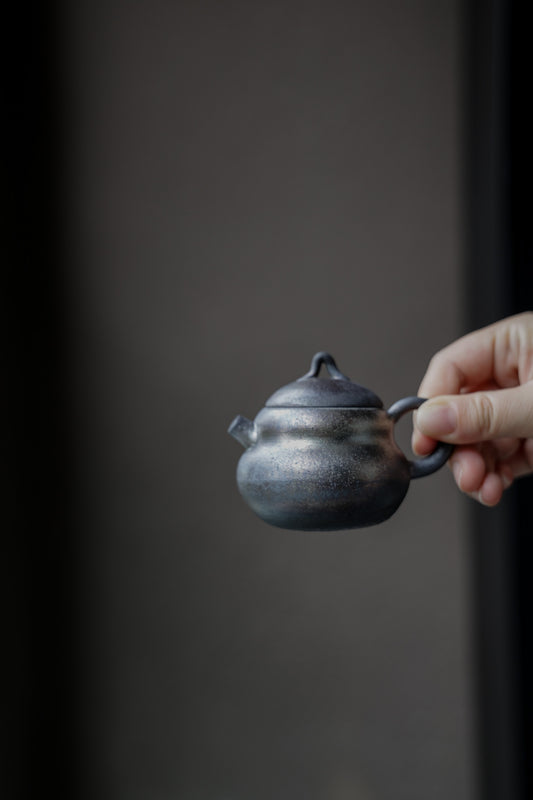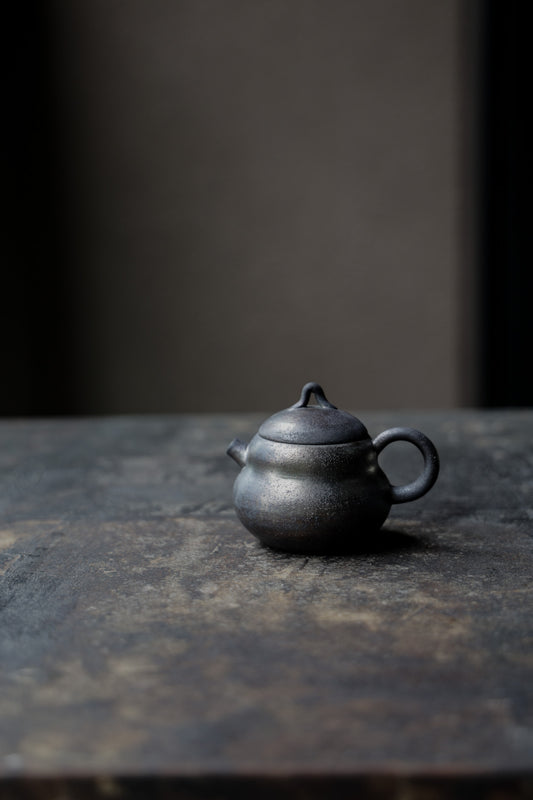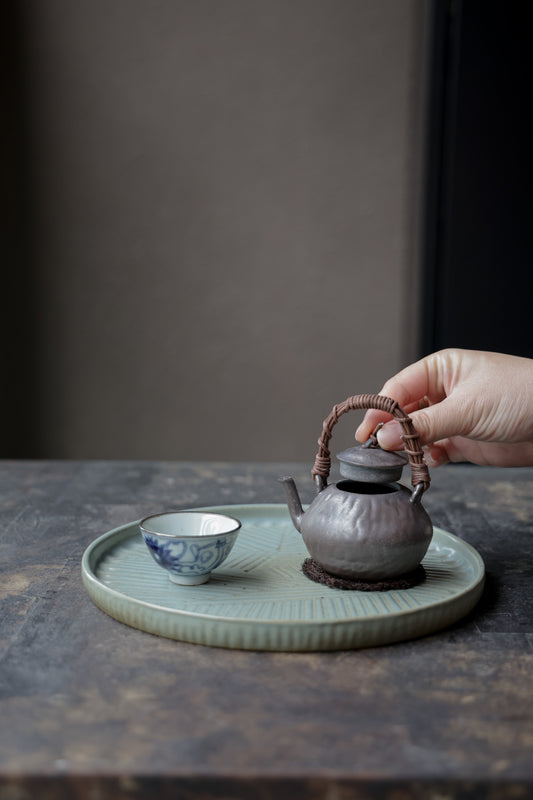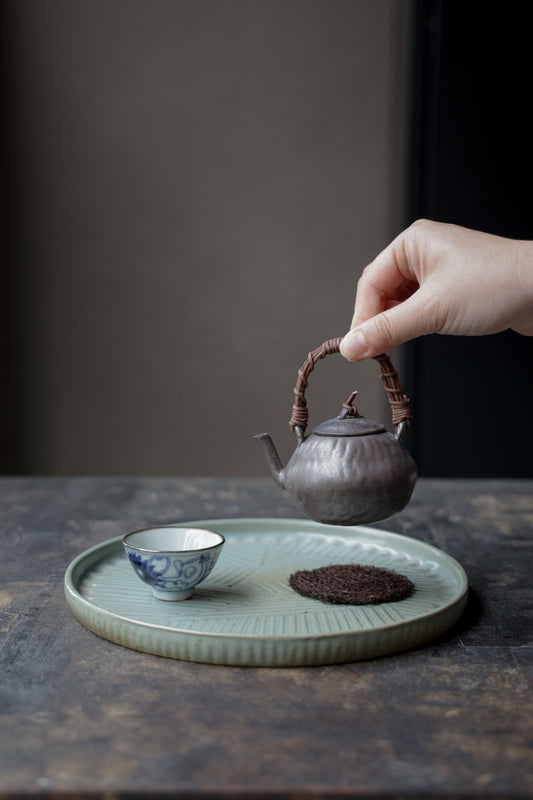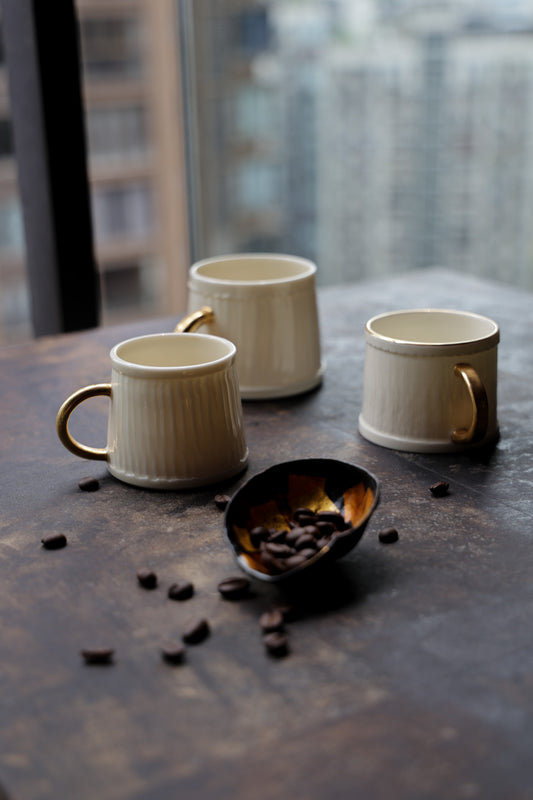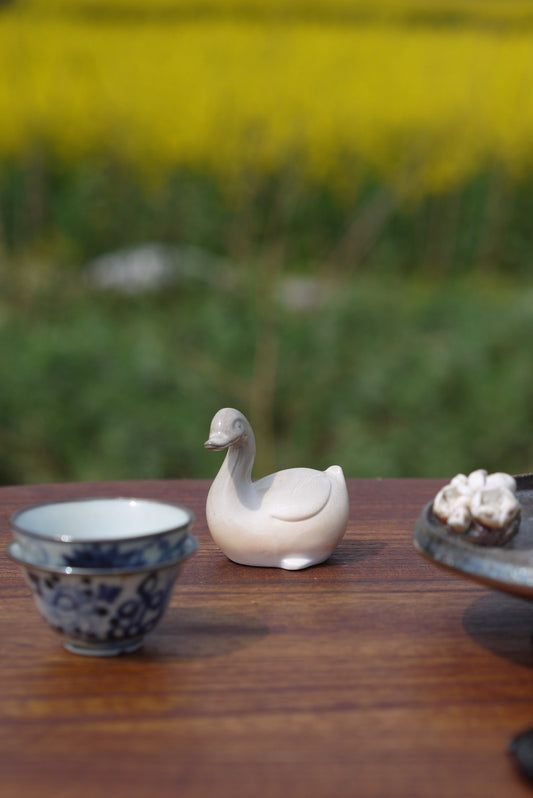
Soda Firing: A Ceramic Tradition
YuanKevinShare
Soda firing is a unique and dynamic ceramic firing technique that involves introducing sodium carbonate (soda ash) into a hot kiln. This process creates distinctive glazes on pottery, known for their unpredictable and vibrant surface effects. The process begins with loading pottery into the kiln, often using wadding to prevent pieces from sticking to the shelves. The kiln is then heated to high temperatures, typically around cone 10 (2350°F or 1287°C). When the kiln reaches its peak temperature, soda ash is introduced. This can be done by dissolving soda in water and spraying it into the kiln, or by placing soda-soaked materials in the kiln. The soda vaporizes and reacts with the silica in the clay bodies and glazes, forming a sodium-silicate glaze. This interaction results in various surface textures and colors, including glossy, matte, and even orange-peel effects.
Soda-fired pottery is known for its variation and uniqueness. Each piece has different markings and colors, depending on its location in the kiln and the amount of soda it receives. Common characteristics include flashing effects, wadding marks, and textural variations. The glaze can range from smooth to rough, often with a tactile quality that is highly prized by collectors and artists.
Historically, soda firing has roots in salt firing techniques used in Europe as early as the 15th century. However, it was adapted and popularized in the United States during the 20th century. Modern ceramic artists appreciate soda firing for its spontaneity and the serendipitous nature of the results, which contrasts with the more predictable outcomes of traditional glazing methods.
The benefits of soda firing include unique aesthetics, versatility, and expressiveness. Each piece is one-of-a-kind, with a distinct and organic appearance. The technique can be applied to various types of clay bodies and forms, allowing artists to experiment and express their creativity. However, there are challenges as well. The results can be inconsistent, making it difficult to achieve specific outcomes. The soda vapors can be corrosive, causing wear and tear on the kiln and other equipment. The process is also labor-intensive, requiring careful preparation, monitoring, and post-firing cleanup.
In conclusion, soda firing remains a popular technique among ceramic artists who value the process for its ability to produce uniquely beautiful and tactile surfaces. It blends ancient methods with modern artistic sensibilities, making it a significant and evolving aspect of ceramic art.
Soda-fired pottery is known for its variation and uniqueness. Each piece has different markings and colors, depending on its location in the kiln and the amount of soda it receives. Common characteristics include flashing effects, wadding marks, and textural variations. The glaze can range from smooth to rough, often with a tactile quality that is highly prized by collectors and artists.
Historically, soda firing has roots in salt firing techniques used in Europe as early as the 15th century. However, it was adapted and popularized in the United States during the 20th century. Modern ceramic artists appreciate soda firing for its spontaneity and the serendipitous nature of the results, which contrasts with the more predictable outcomes of traditional glazing methods.
The benefits of soda firing include unique aesthetics, versatility, and expressiveness. Each piece is one-of-a-kind, with a distinct and organic appearance. The technique can be applied to various types of clay bodies and forms, allowing artists to experiment and express their creativity. However, there are challenges as well. The results can be inconsistent, making it difficult to achieve specific outcomes. The soda vapors can be corrosive, causing wear and tear on the kiln and other equipment. The process is also labor-intensive, requiring careful preparation, monitoring, and post-firing cleanup.
In conclusion, soda firing remains a popular technique among ceramic artists who value the process for its ability to produce uniquely beautiful and tactile surfaces. It blends ancient methods with modern artistic sensibilities, making it a significant and evolving aspect of ceramic art.

